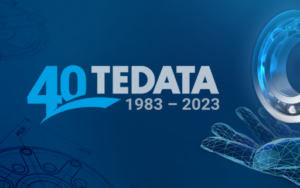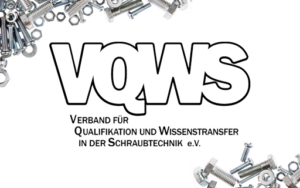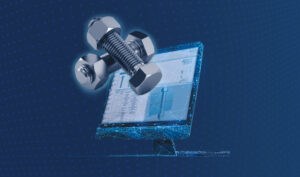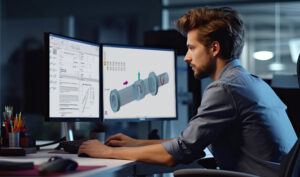
Quality assessment of fusion-welded joints
Non-destructive testing
Using AI for quality assessment
In order to make optimum use of the weld metal at the time of production, various influencing variables are taken into account. Welded constructions can be optimized by using correlation analyses of process signals in conjunction with downstream metallographic examinations. This approach makes it possible to improve the quality of welded joints and use resources more efficiently.
Problem definition
Gas metal arc welding (GMAW) is a common process in industrial production due to its high deposition rate, especially for joining steel materials. The quality of the welded components has a significant influence on the effectiveness of the welded construction. It is therefore crucial to test the quality of the welded joint and the welding process in accordance with the applicable regulations. Depending on the application, this testing is usually carried out both non-destructively and destructively.
Until now, normative test procedures have placed little emphasis on the time-dependent measurement of welding parameters, which has not fully exploited the potential for automated quality control of welded joints. However, the use of artificial intelligence opens up new possibilities for evaluating the quality of the joints from a more comprehensive perspective based on the temporal progression of the welding parameters.
In this context, ways are shown how the application of machine learning based on process signals and analyzed in combination with metallurgical investigations can be used to develop prediction models for the quality assessment of welded joints in welded constructions. This enables a more holistic assessment and evaluation of the quality of welded joints.
Objective
The quality of a welded joint cannot be ensured by subsequent quality controls alone. In standardization, such processes are referred to as "special" processes and therefore require consistent quality assurance along the entire manufacturing process. It is therefore necessary to ensure not only the welding processes themselves, but also the qualifications of the people involved, such as welders and operators.
Depending on the area of application and quality requirements, different evaluation criteria are applied, for example in accordance with DIN EN ISO 5817. Pre-dimensioning and verification calculations are then carried out based on an assumed weld seam quality class and partially reduced geometry parameters.
Particularly in the case of components that are exposed to dynamic loads, notches also play a decisive role in the actual service life of the welded joint in addition to the usual geometry parameters of the weld seam. These are taken into account in the IIW calculation recommendations, for example, by reducing the permissible stress depending on the shape of the welded joint or the notch. Internal details of the weld seam, such as discontinuities in the hardness profile, can also influence the strength and should be taken into account if they can be recorded and checked with sufficient accuracy.
If it were therefore possible to specifically control the position of the weld seam, the penetration conditions or the position of the heat-affected zone, this could further improve the optimum utilization of the weld metal.
Result
The number of input and output parameters has a significant impact on the feasibility assessment of a project, and often the quality of the results only becomes clear after extensive analysis. For this reason, the TIME program provides for subsequent validation tests to be carried out after training with various algorithms and networks in order to check the accuracy of the forecast parameters.
After successful validation, the prediction models are integrated into a real-time system that is used in an automated welding system. Using a prediction model for welding parameters based on the given weld geometry supplied by the design department, the selection of welding parameters in the set-up process is simplified for the user. After the teach-in process, the system can automatically select the welding parameters based on previously developed machine learning approaches. If this system proves itself in practice, the initial parameterization of welded joints could take significantly less time compared to the previous iteration loops. This will result in resource savings and economic benefits, which can lead to an overall more efficient introduction of welding processes into the production environment.
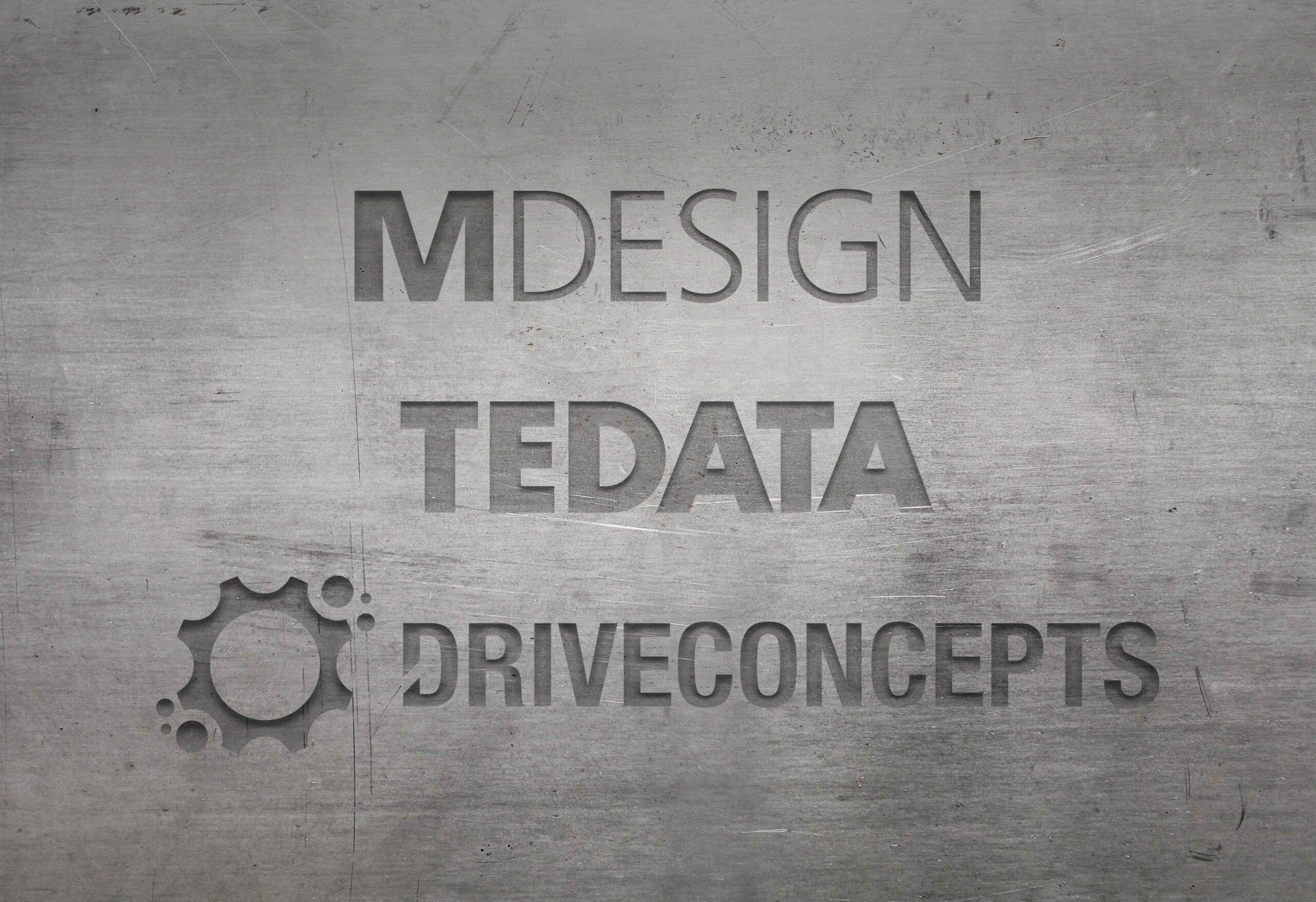
Knowledge for technology
Your strong partners in product development
We support industrial companies on their path to digital transformation. With customized services in simulation, calculation and software development, we promote efficient product development. Put your trust in over 40 years of experience and shape your industrial future.

